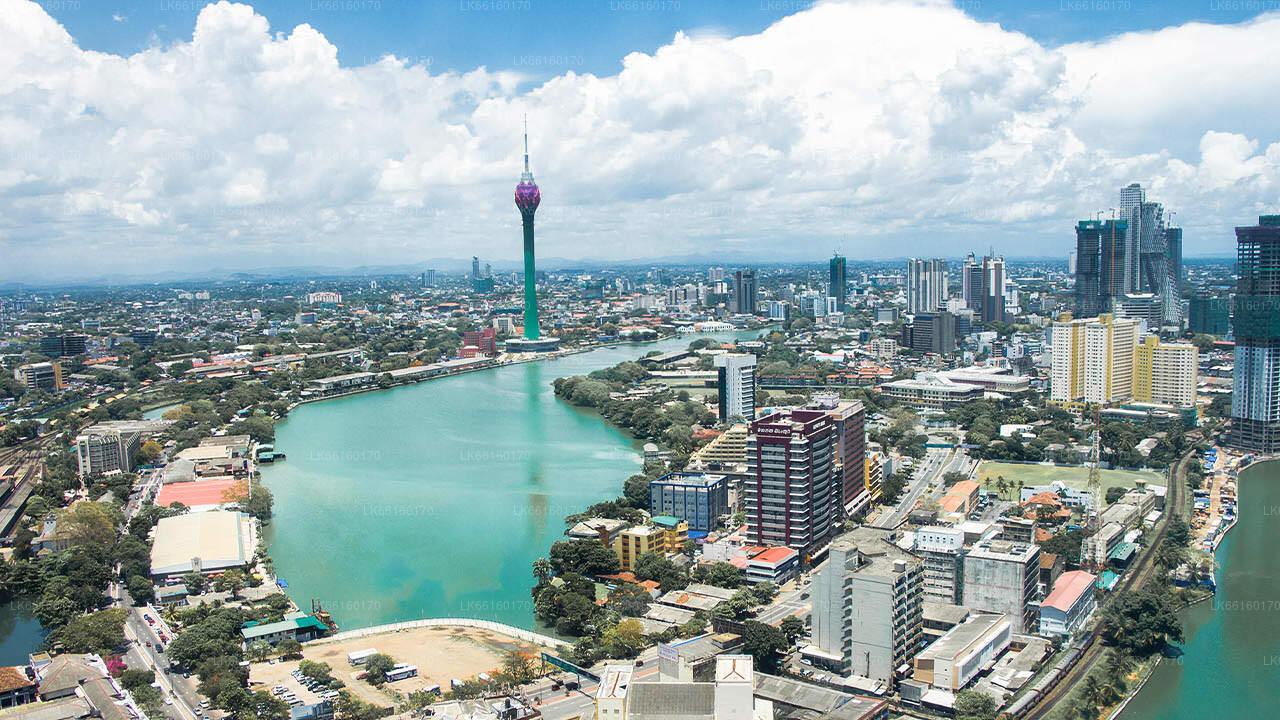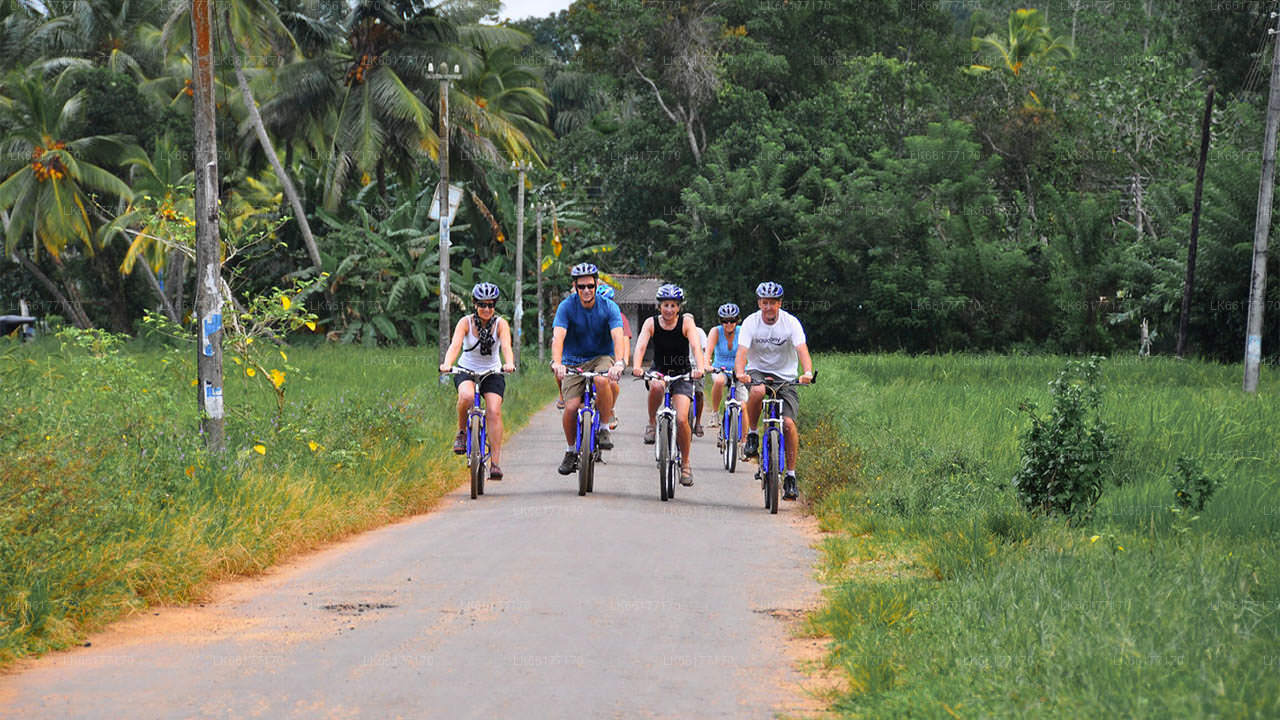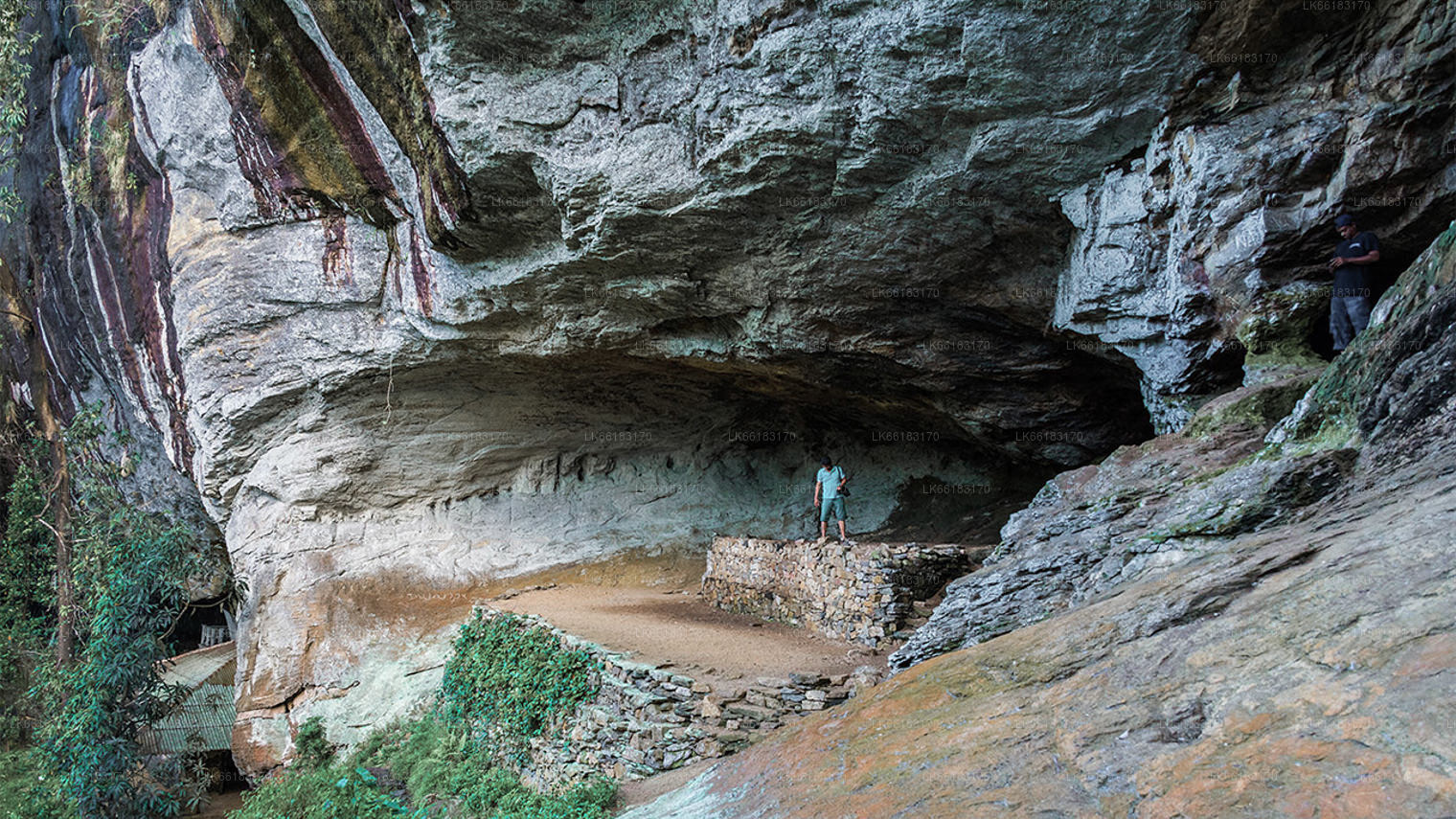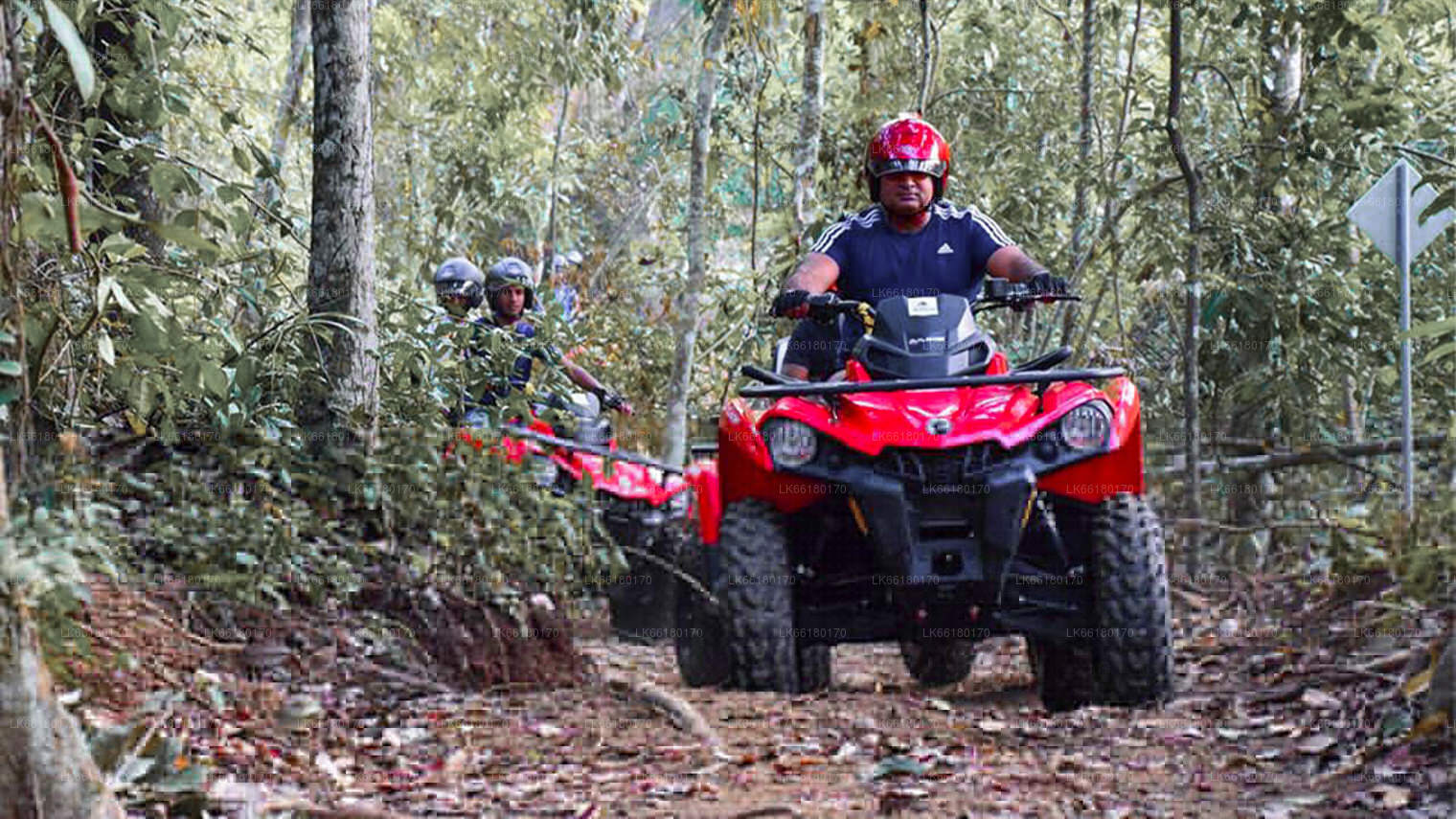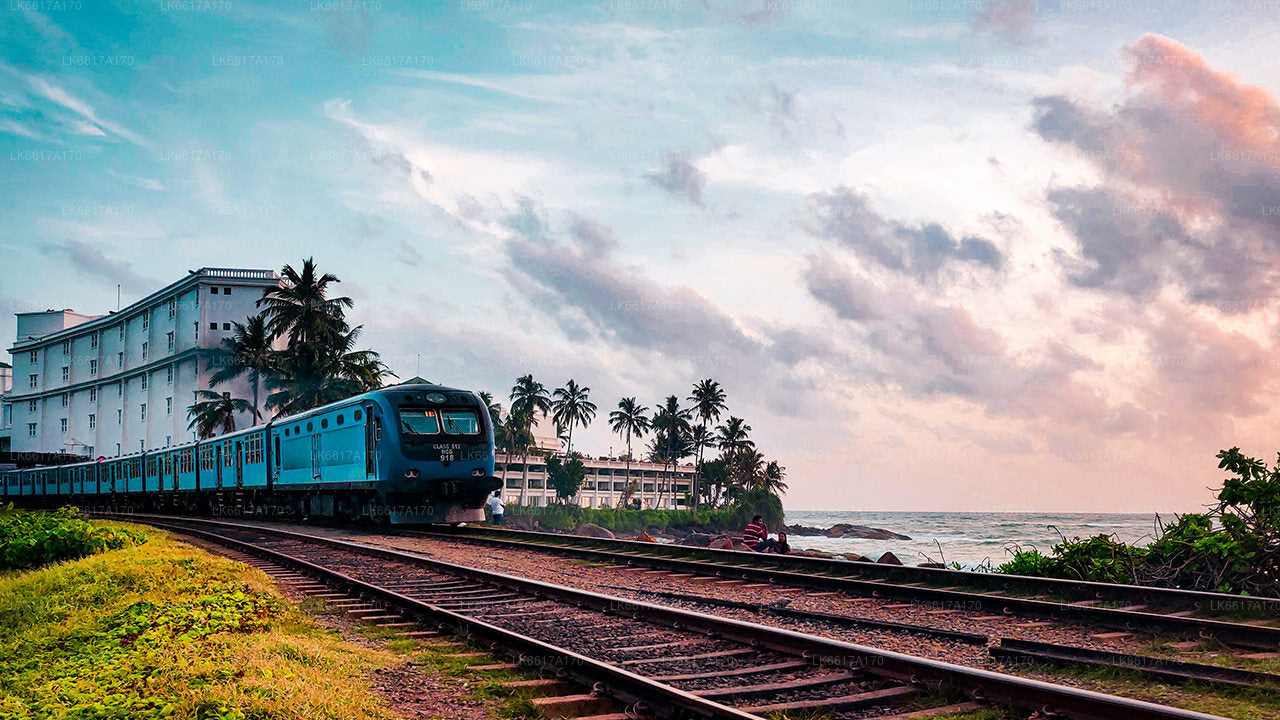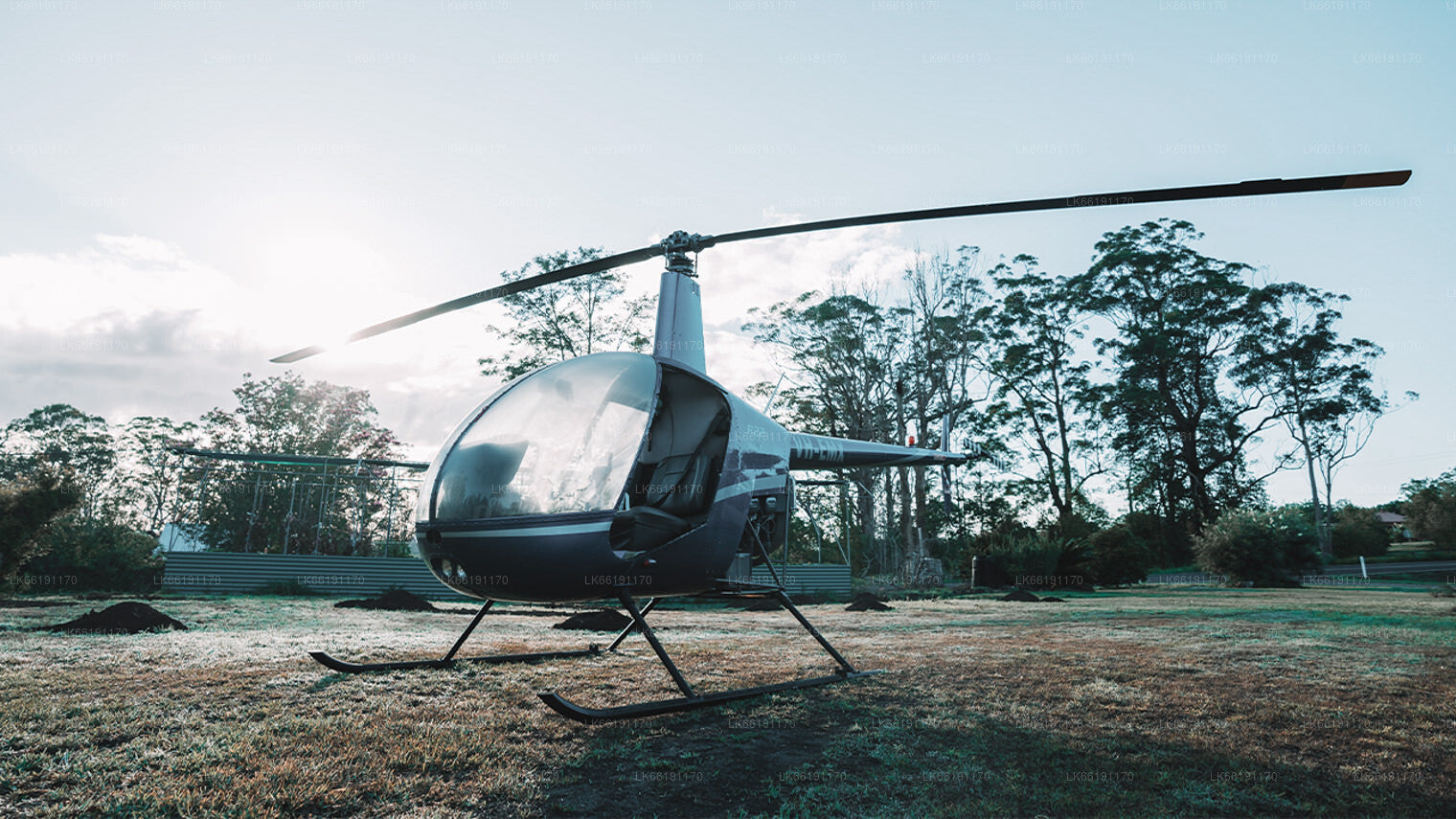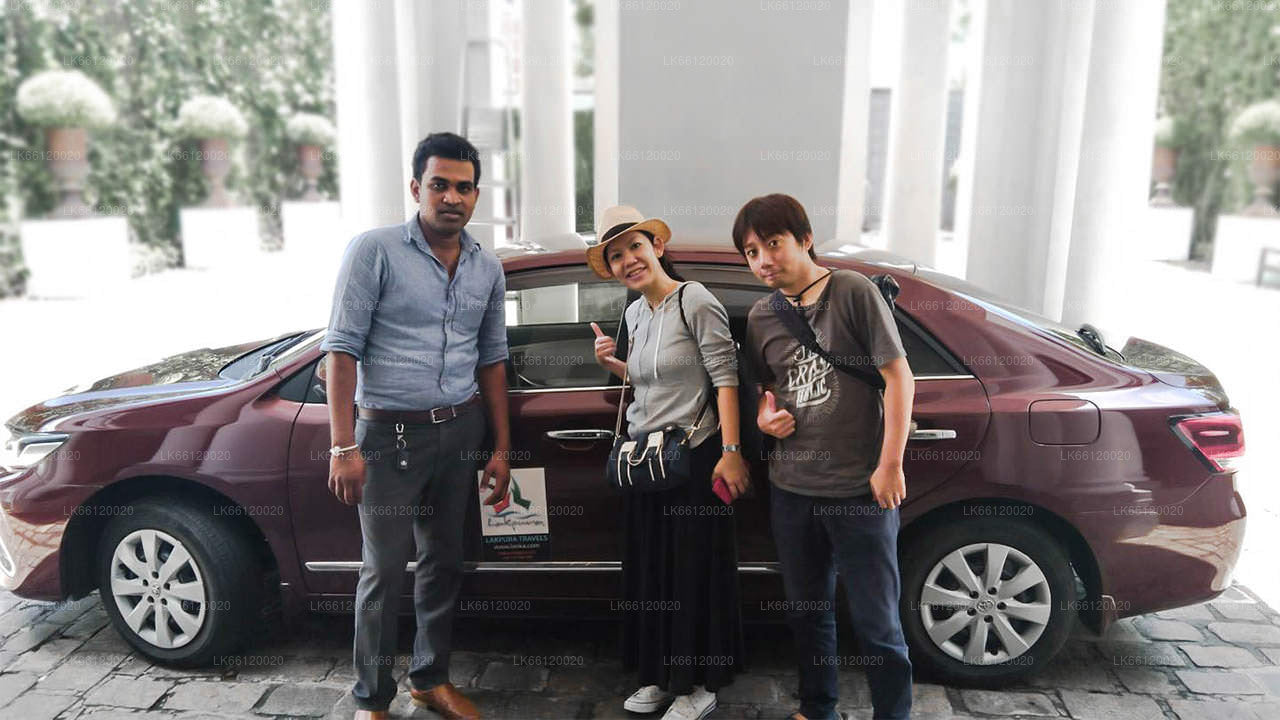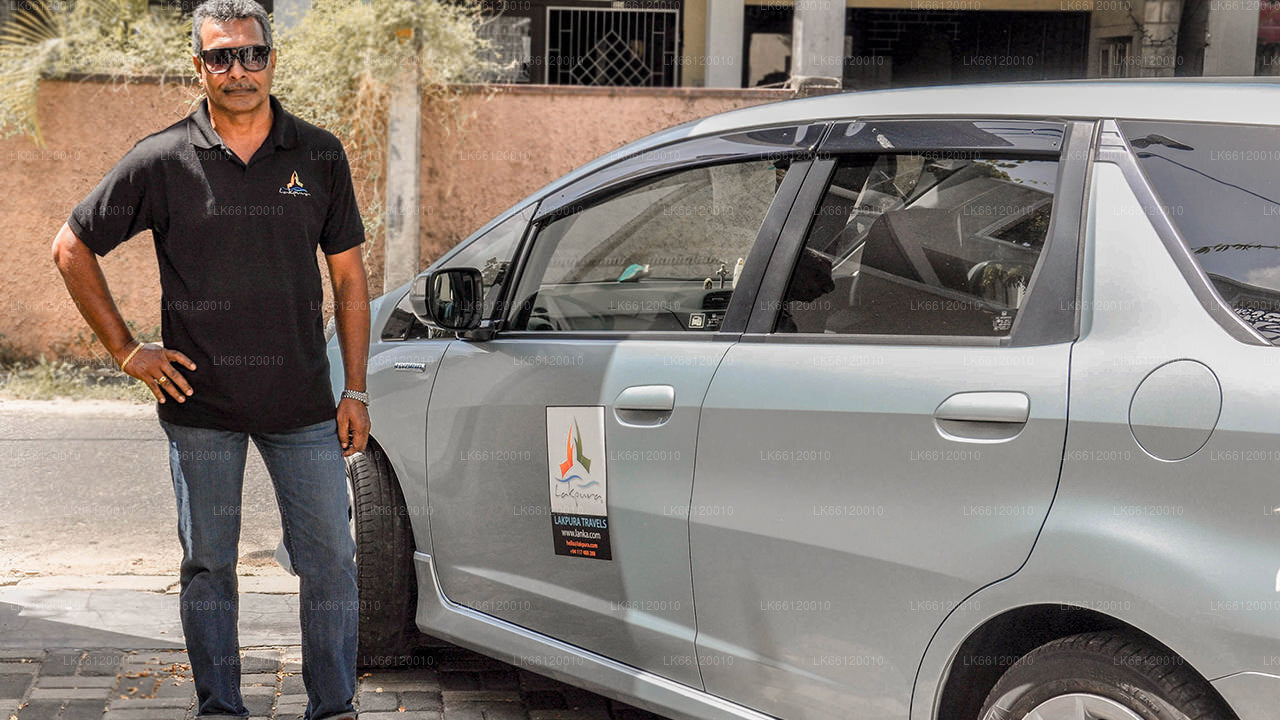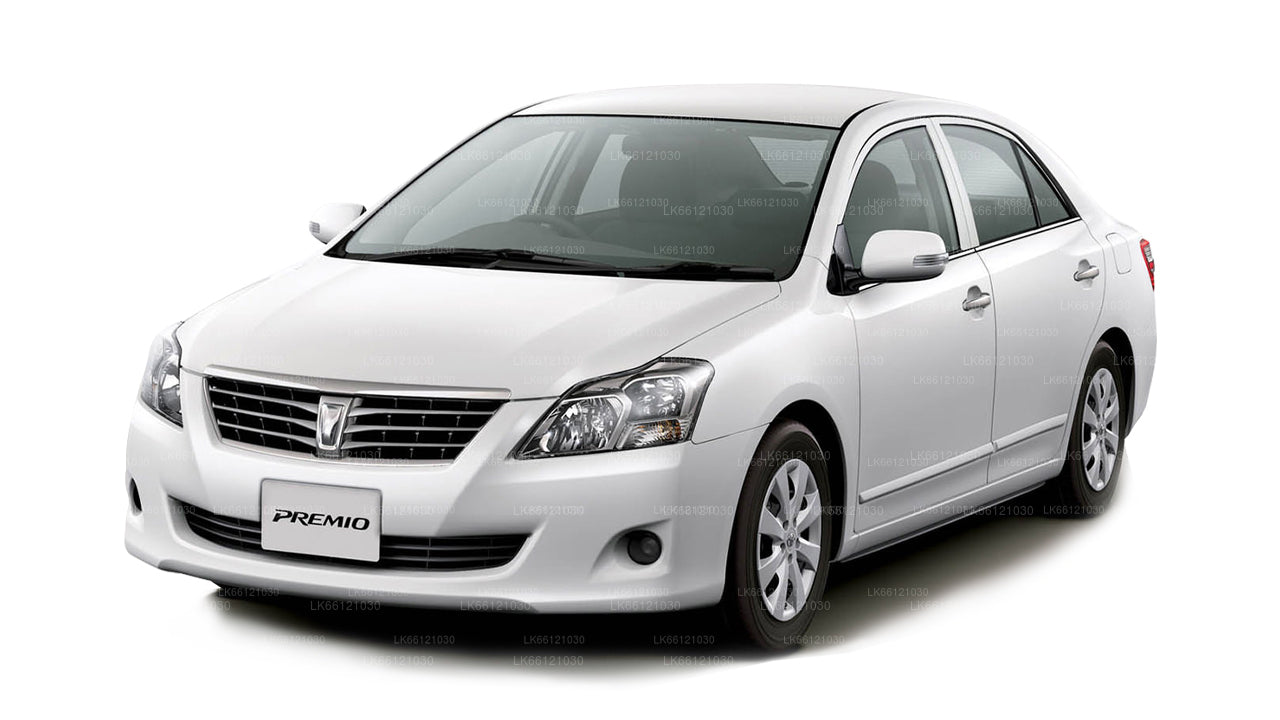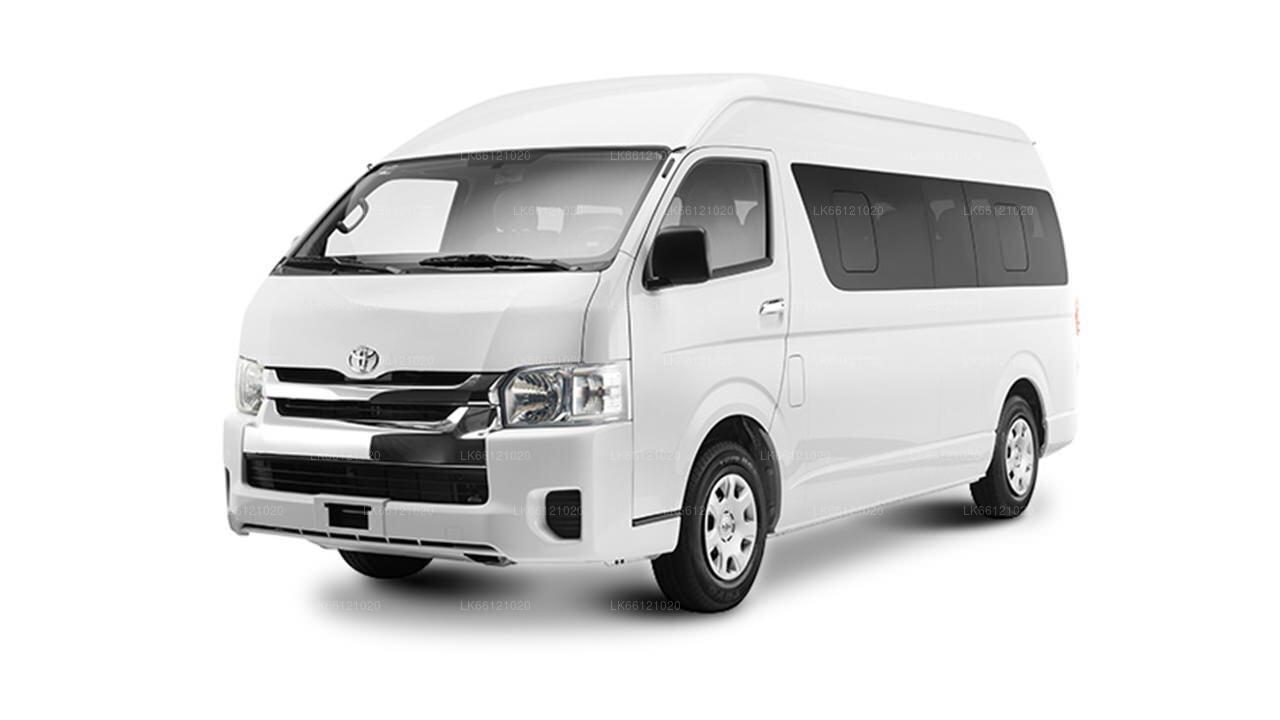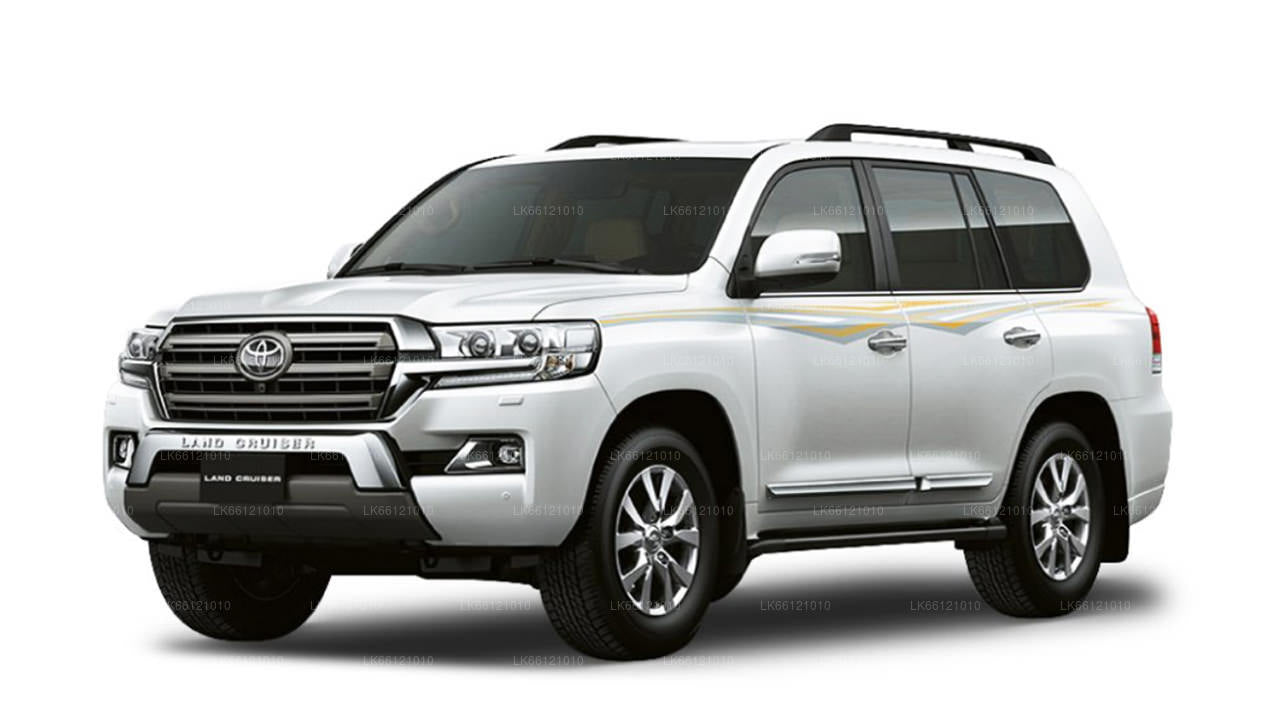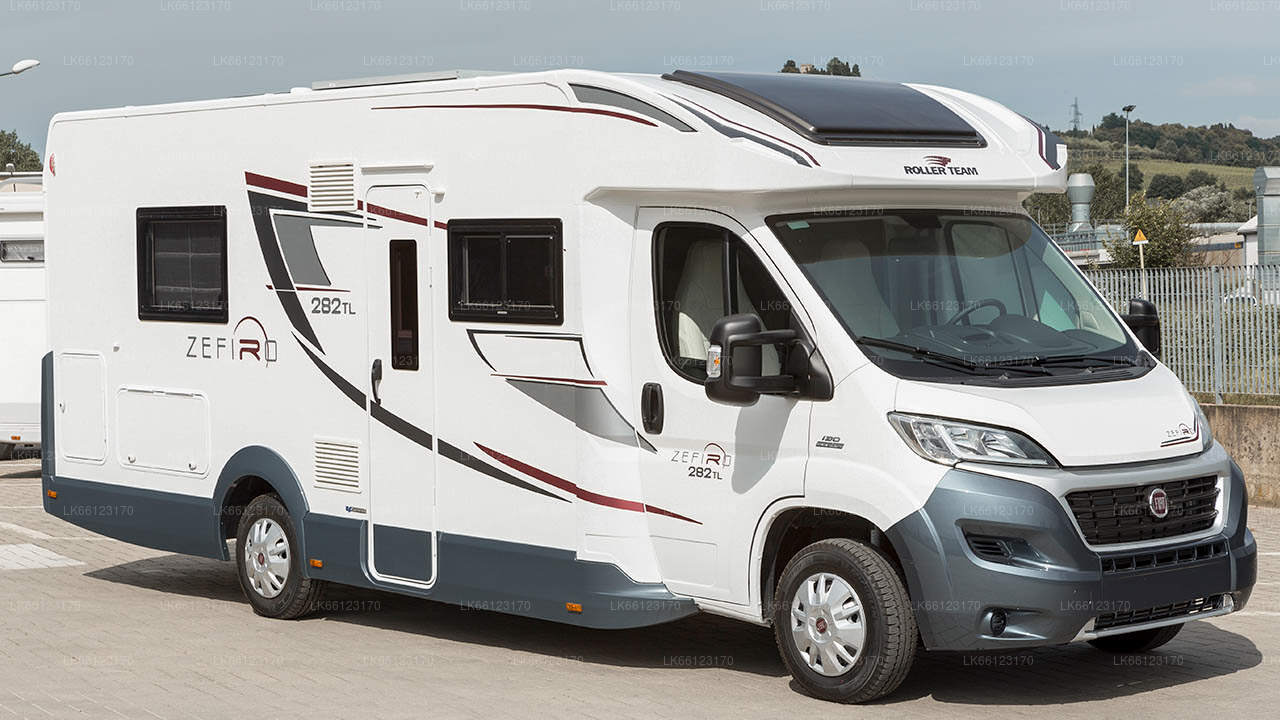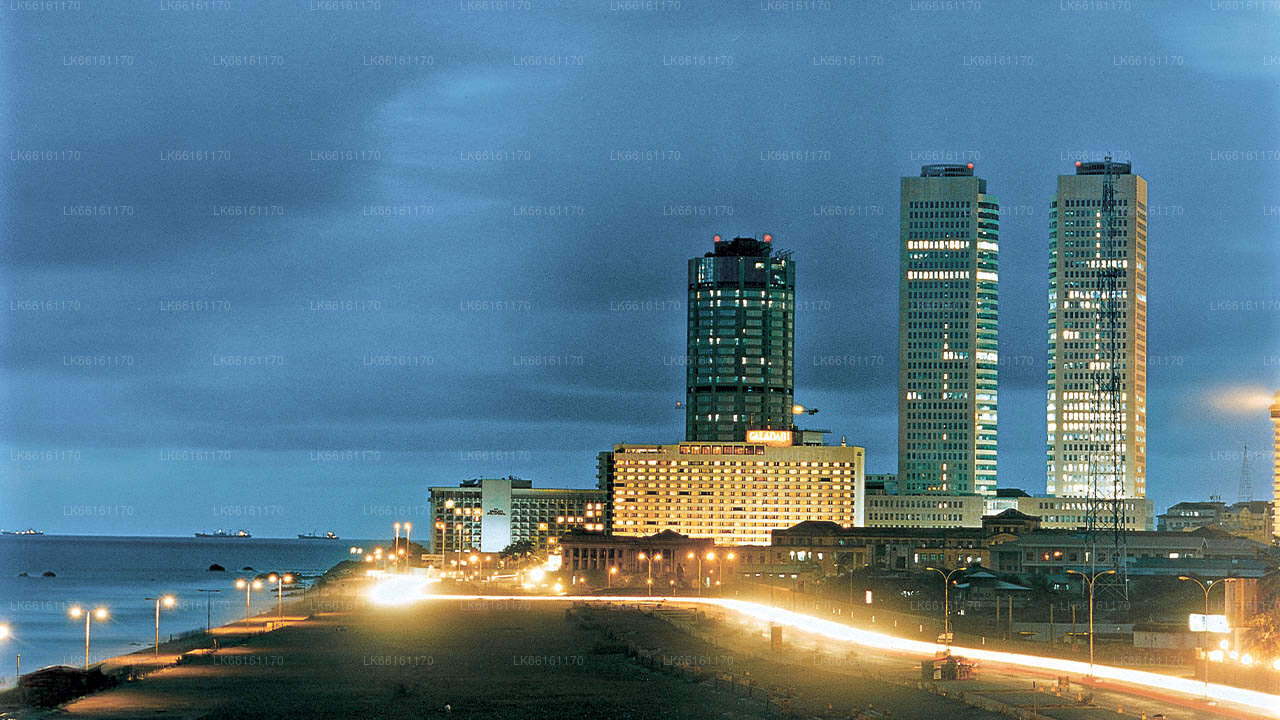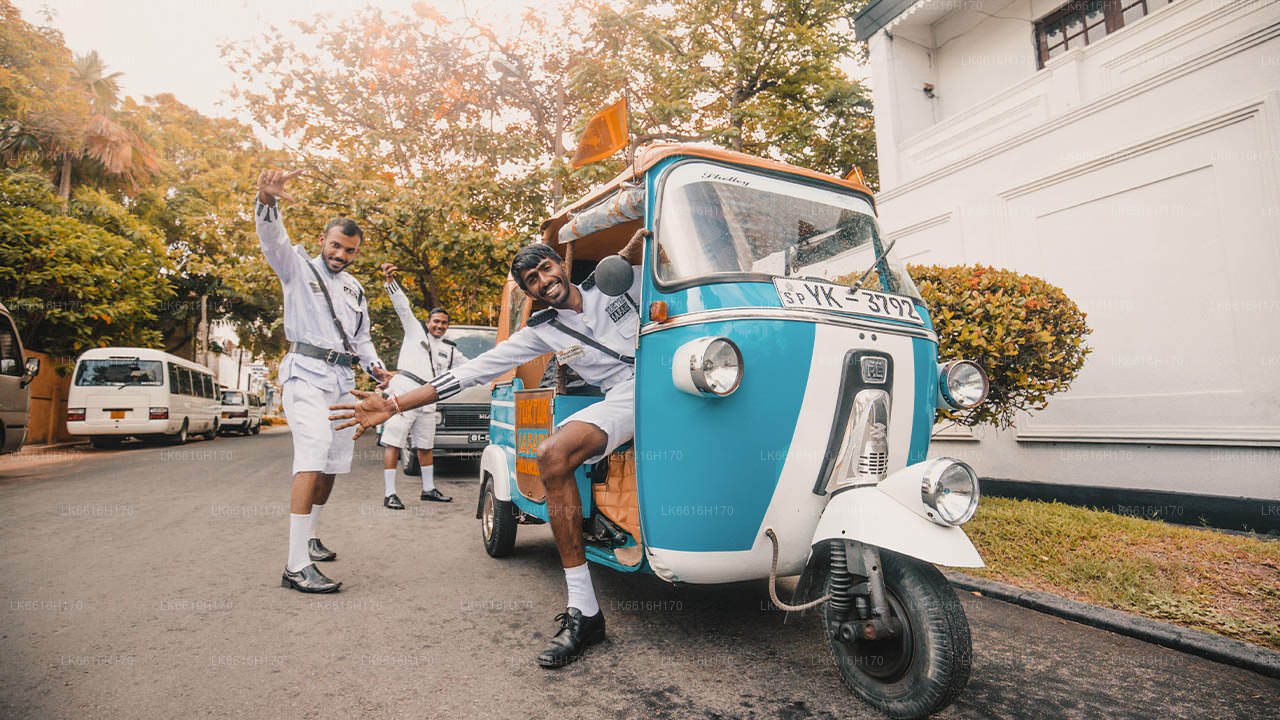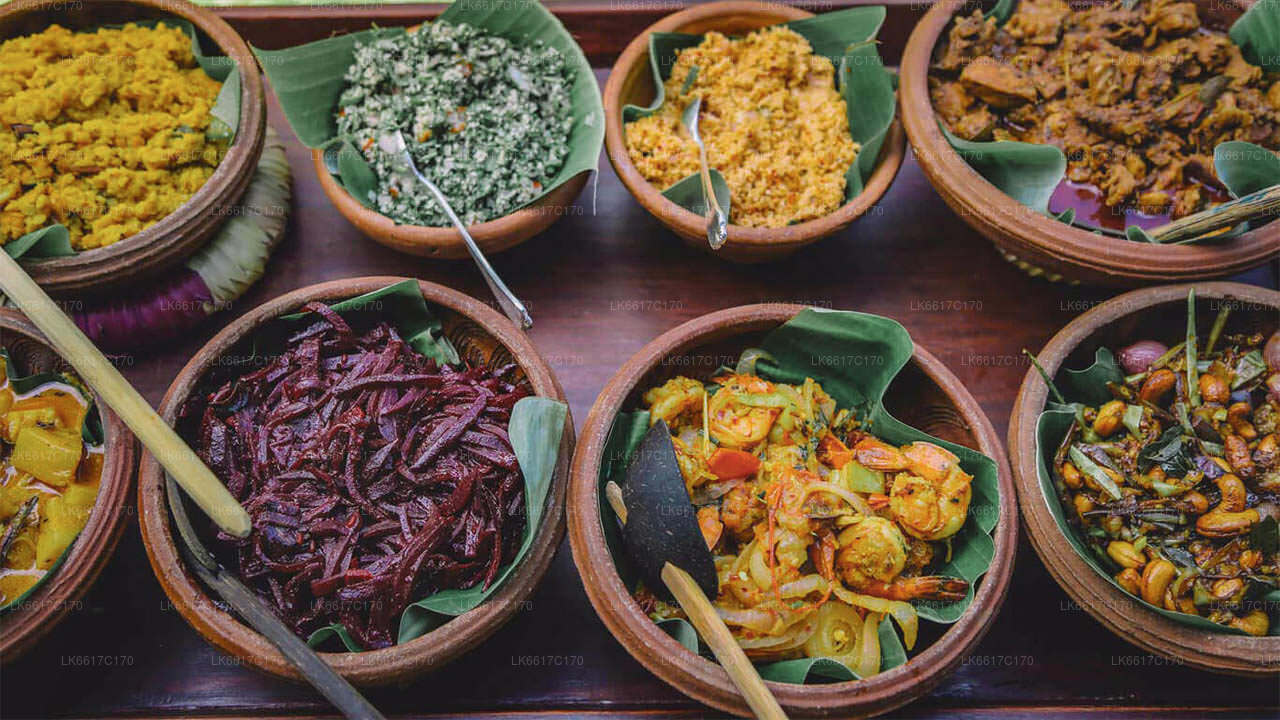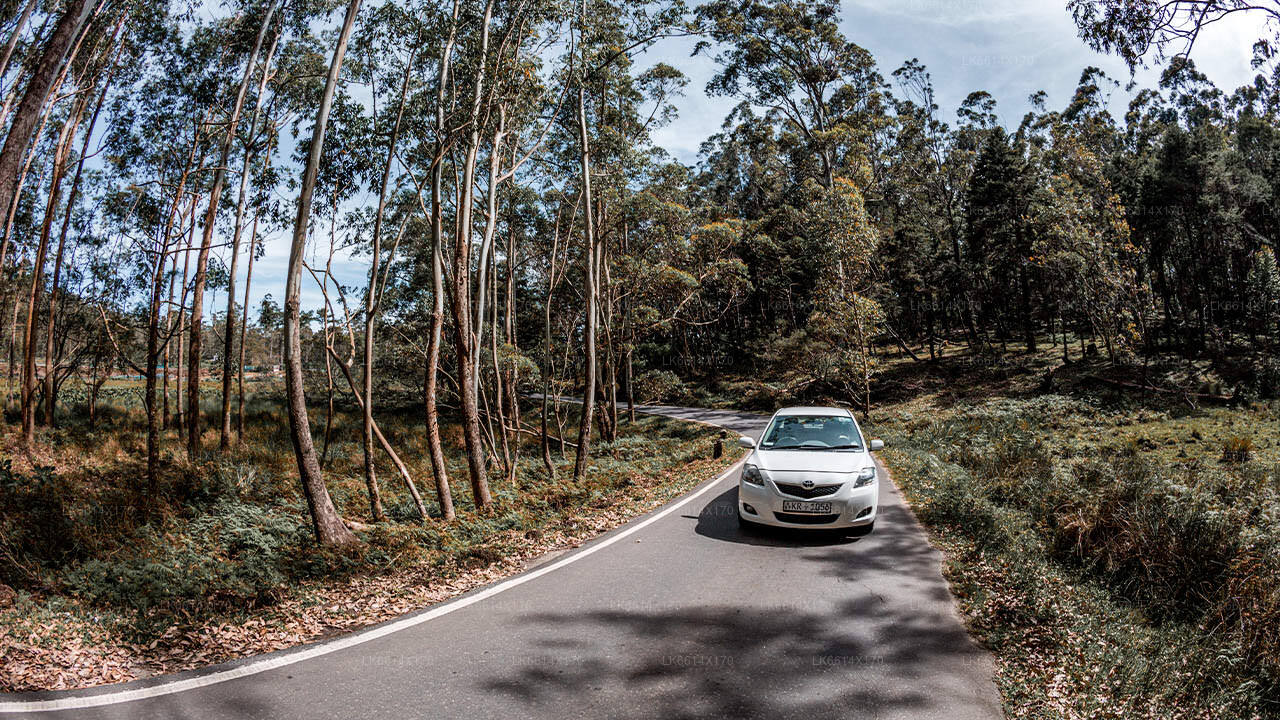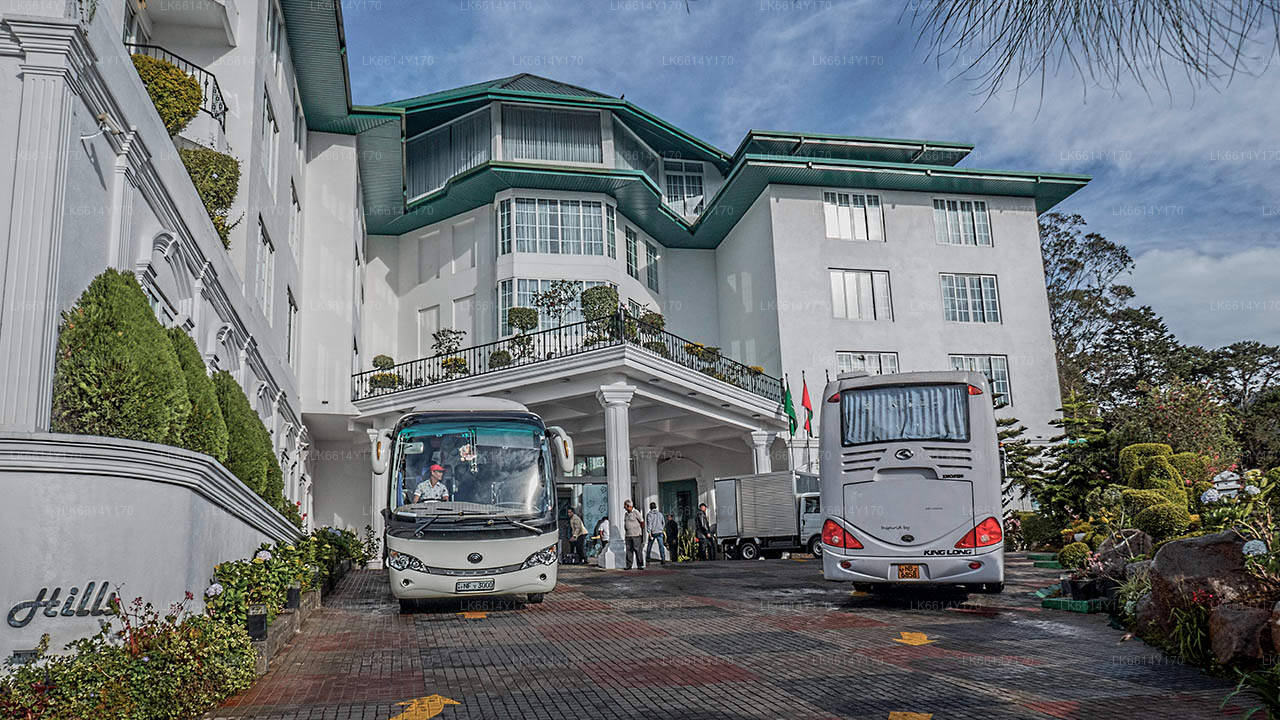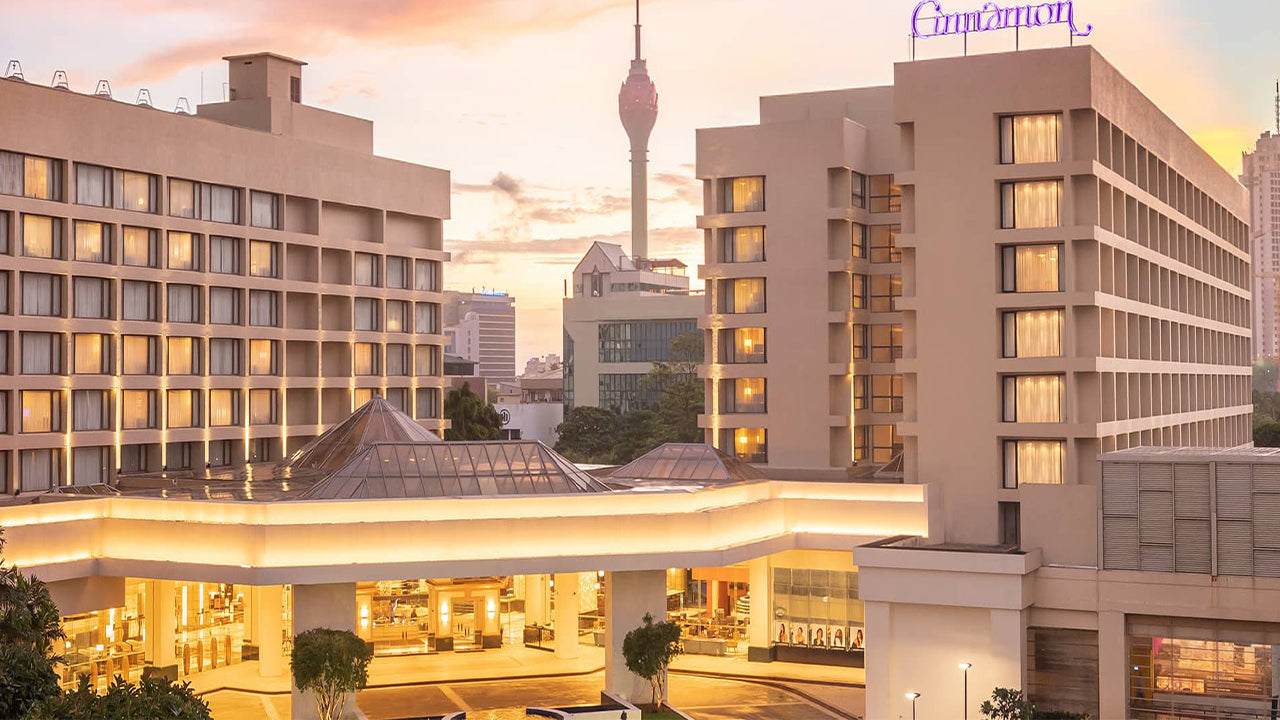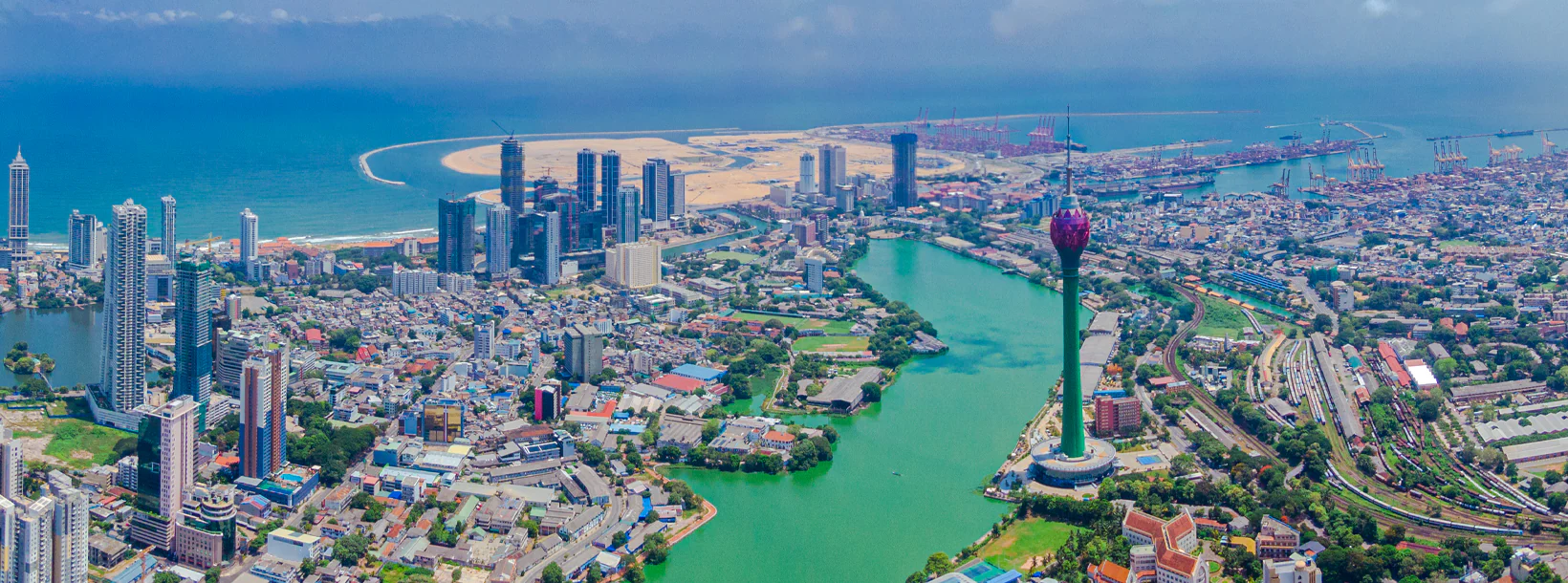
Colombo City
Colombo, the capital of Sri Lanka, is a dynamic city blending tradition and modernity. It showcases colonial architecture, lively markets, and serene Buddhist temples. With diverse cuisine, a growing skyline, and beautiful beaches, it's a vibrant hub for business, culture, and tourism, offering a gateway to explore Sri Lanka's wonders.
Colombo Harbour
Colombo Harbor in Sri Lanka: The Entrance to the Silk Route
Considered the largest and busiest port of Sri Lanka as well as in South Asia, the Colombo Harbor in Sri Lanka serves as an important terminal in Asia due to its strategic location in the Indian Ocean.
With a capacity of over 4.1 Million TEUs and a dredged depth of 15m or 49 feet the Colombo Harbor is ranked in the top 35 ports in the world and also one of the world’s busiest. The port also serves as a naval base for the Sri Lanka Naval Fleet.
Colombo Harbor in Sri Lanka: The History
The Colombo Harbor in Sri Lanka is holding a place in Sri Lankan history as well. It was widely known by Roman, Arab, and Chinese traders traveling across the silk route and it was regularly busy. By the 8th century, Arab Muslim traders used Colombo as a base for trading in this part of the world.
It is claimed that Indians and the Persians were among the first to use the harbor. The port was discovered by the Portuguese in 1505 when they first stepped foot on the island. The Portuguese soon took complete control of the port and expelled the Muslims and other traders and began building a Fort in 1517.
This acquisition was followed by the invasion of the Dutch which saw an exchange of hands of the running of the fort. The area was captured by the Dutch but eventually handed back to the king although it was kept under supervision due to the rich cinnamon harvest in Sri Lanka.
After the port fell into the hands of the British in 1796 it was made the capital of the new British colony called Ceylon. The British decided to build houses and civilian buildings rather than making it into a military center, giving birth to the modern Port of Colombo.
The port saw many dramatic changes after the country gained independence in 1948.
Colombo Harbor in Sri Lanka: 1980 to Present
1980 saw the birth of the Sri Lankan ports authority. The harbor underwent a major transformation to handle containerized cargo in the early 1980s, with two being built by the end of the 1980s and three more in the early 1990s. Due to this, and its strategic location amidst trade routes, the port became more attractive to mainline shipping than any other port in the region.
By 2004 the port was handling 2.2 million TEUs of containerized cargo, which saw an increase to 2.45 million TEUs in 2005. At present, the port handles 15% of transshipment cargo in South Asia.
Colombo Harbor in Sri Lanka: Expansion and Facilities
A large scale expansion took place in 2008 costing around US$1.2 Billion. The project, which is headed by the Sri Lanka Ports Authority and built by the Hyundai Engineering & Construction Company, saw completion on the 11th of April 2012. Upon completion, it will increase the annual container handling capacity from 4 million TEUs to approximately 12 million TEUs. It will also be able to accommodate larger container vessels, carrying around 12,000 TEUs.
The port facilities include:
- 04 Feeder Berths: Berth is the term used in ports and harbors to refer to the location where a vessel may be moored, usually for the purposes of loading and unloading. Berths are designated by the management of a facility (e.g: port authority). Vessels are assigned to berths by these authorities.
- 07 Container Berths: Container cranes consist of a supporting framework that can traverse the length of a quay or yard on a rail track. Instead of a hook, they are equipped with a specialized handling tool called a spreader. The spreader can be lowered on top of a container and locks onto the container’s four locking points (“corner castings”) using a special mechanism. Cranes normally transport a single container at once, but some newer cranes have the capability to pick up multiple 20-foot containers at once.
- 285 Terminal tractors and trailers: A terminal tractor, known most commonly as a spotting tractor, yard truck, yard goat, yard jockey, or mule, is a semi-tractor intended to move semi-trailers within a cargo yard, warehouse facility, or an intermodal facility. Much like a switcher locomotive is used to position railcars this vehicle allows easy and quick transportation of Containers within the port or even outside.
- 14 Quay Cranes
- 12 Super-Post Panamax Cranes
- 02 Twin_lift Super-Post Panamax Cranes
- 04 Wall-mounted Gantries
- 78 Rubber-tyred Gantries
About Colombo District
Colombo is the largest city and commercial capital of Sri Lanka. It is located on the west coast of the island and adjacent to Sri Jayewardenepura Kotte, the capital city of Sri Lanka. Colombo is a busy and vibrant city with a mixture of modern life and colonial buildings and ruins and a city population of 647,100.The Colombo Metropolitan Region, defined by the districts of Colombo, Gampaha and Kalutara, has an estimated population of 5,648,000, and covers an area of 3,694.20 km²
Colombo is a multi-ethnic, multi-cultural city. It is the most populous city in Sri Lanka, with 642,163 people living within the city limits. The population of Colombo is a mix of numerous ethnic groups, mainly Sinhalese, Moors and Tamils. There are also small communities of people with Chinese, Portuguese, Dutch, Malay and Indian origins living in the city, as well as numerous European expatriates.
The great majority of Sri Lankan corporations have their head offices in Colombo. Some of the industries include chemicals, textiles, glass, cement, leather goods, furniture, and jewellery. In the city center is located South Asia's second tallest building - The World Trade Centre.
About Western Province
The Western Province is the most densely populated province of Sri Lanka. It is home to the legislative capital Sri Jayawardenepura Kotte as well to Colombo, the nation's administrative and business center. Western Province is divided into 3 main districts called Colombo (642 km²), Gampaha (1,386.6 km²) and Kalutara (1,606 km²) districts. As Sri Lanka's economic hub, all the major local and international corporations have their presence in the city and so do all the major designer and high street retailers, so be ready to indulge in some retail therapy in western province.
Having the highest population in the all the provinces, the almost all the premier educational institutions in the island are located in western province. Universities in the province include the University of Colombo, the University of Sri Jayewardenepura, University of Kelaniya, Open University, Sri Lanka, Buddhist and Pali University of Sri Lanka, General Sir John Kotelawala Defence University and University of Moratuwa .Western province has the largest amount of schools in the country, which includes National, Provincial, Private and International schools.



